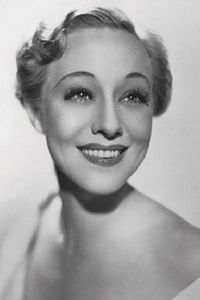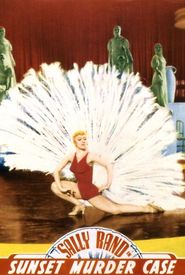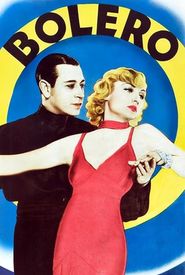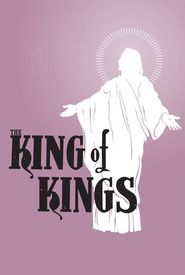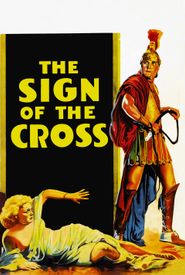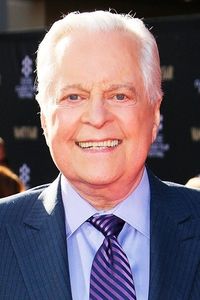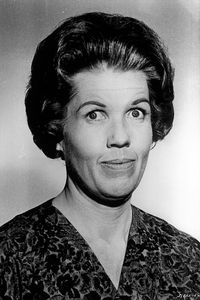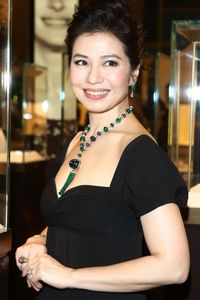Sally Rand, an American icon in the entertainment world, remains relatively unknown to many of her contemporaries until her legendary risqué "fan dance" is mentioned. Once her iconic dance is brought up, people suddenly remember who she is. Born in the Ozark region of Missouri in 1904, Sally Rand's parents were a corporal in the Spanish-American War and a Pennsylvania Dutch Quaker.
Inspired by the legendary ballerina Anna Pavlova, Sally developed a passion for dance at a young age. She left home as a teenager to join a carnival, where she became a cigarette girl, chorine, café dancer, artist's model, and circus performer through a series of introductions. She later joined a repertory theater company and took acting seriously for the first time. During the 1920s, she appeared in numerous stage shows.
Sally Rand's career in films began when she was able to score work due to her agile background in the circus from Mack Sennett and Hal Roach in a few of their daredevil slapstick shorts. She was named a Wampas Baby Star of 1927 and joined mentor Cecil B. DeMille's stock company, entering feature films with a new name given to her by DeMille - "Sally Rand."
She decorated a number of silents, including westerns with Hoot Gibson and others, but a pronounced lisp hurt her career when sound films became popular. At this juncture, Sally Rand decided to incorporate her talent for dancing back into her career. With the right mixture of enticement, imagination, and intricate feathery placement, Sally Rand discovered her secret formula to success.
As an exotic burlesque performer, Sally Rand not only ignited male libidos but found a steady gig for the rest of her days. Her "Lady Godiva" stunt at the Chicago's World's Fair had her arrested on lewd charges, but she was eventually released. The publicity surrounding her arrest only increased her notoriety.
Sally Rand later created the "bubble dance" in which she performed a taunting dance with a huge five-foot specially constructed translucent bubble to the delight of male audiences. In the 1930s, she also appeared in legit plays, including a stint as Sadie Thompson in "Rain" in 1935 opposite Humphrey Bogart.
She would appear in later years at various revues, expositions, and fairs, still teasing and playing "hide and peek" with the guys, her act seldom straying from its original concept. Sally Rand was arrested a few more times than she was married (at least three husbands can be credited to her marriage account). She continued to appear on stage doing her fan dance past the age of 60 and once replaced an ailing burlesque star Ann Corio in the stage show "This Was Burlesque" in the 1960s.
Sally Rand shared the stage with burlesque top liners Tempest Storm and Blaze Starr. Her final appearance took place in Kansas City in 1978, and she died the following year.
